How did the trial laws at the breakdown work out in end-of-year tour internationals?
World Rugby’s trial laws for 2017 included some potentially game-changing alterations at the breakdown. If these changes are made concrete after the trial period finishes, it will probably result in a complete, root-and-branch re-evaluation of the breakdown from a coaching standpoint.
The crux of the changes occurs in laws 15.4 © and 16:
Law 15.4 ©
The tackler must get up before playing the ball and then can only play from their own side of the tackle “gate”.
Law 16
A ruck commences when at least one player is on their feet and over the ball which is on the ground (tackled player, tackler). At this point the offside lines are created. Players on their feet may use their hands to pick up the ball as long as this is immediate. As soon as an opposition player arrives, no hands can be used.
Both changes favour the attacking side, in terms of limiting what the defence can do at the post-tackle. On the one hand the tackler can no longer get off the ground and play at the ball from the ‘wrong side’ (he has to retire back through the ‘gate’ first), on the other the defence has to respect the fact that an offside line has been formed, even if none of their players is in contact with a cleanout player over the tackle ball.
The end-of-year tour internationals in November provided the first crucible in which to test the new laws at elite level. The Northern Hemisphere had a jump on the South, because the trial laws had been in place from the beginning of the domestic season back in September, whereas the rules were completely new to their counterparts in the South. So the European nations had had a couple of months in which to adapt and refine their techniques at the post-tackle.
Nowhere was the contrast in approach more marked than in the important encounter between England and Australia on a damp day at Twickenham on November 18.
Ever since 2015, the Wallabies under their coach Michael Cheika have tended to select two open-side flankers in the same back-row – typically Michael Hooper and David Pocock, with Pocock nominally playing number 8 – in order to maximize their ability to steal ball on the ground.
To that end they have employed predominantly a low tackling technique designed to bring the ball-carrier down to earth at full extension – preferably with the tackler’s body in between the carrier and his support players so that they have to navigate around him. This policy would then create ‘jackaling’ possibilities for Pocock and Hooper over the exposed tackled player.
The early signs are that the dual-jackaling idea may be rendered obsolete, and even the jackaling opportunities per se vastly reduced under the new laws. The tackler now has far less chance to create disruption by getting up and assisting the first defensive man in, and the new offside line discourages competition as the ball is being placed.
As the match unwound, it became clear that England had adopted a much higher tackling technique than Australia, aimed at slowing down delivery of the ball while the ball-carrier was still above ground, and keeping defensive players on their feet for the next phase.
This short clip illustrates what England are trying to do. When the Wallaby ball-carrier (Rob Simmons) goes into contact at 7:31, both of the England tacklers (#3 Dan Cole and #4 Joe Launchbury) are high. There is no attempt to get underneath and cut down the runner, but rather to hold him up off the ground for as long as possible.
Apart from the four second delay this causes in releasing the ball, at 7:35 as the shot widens there are two Australians ‘consumed by the ruck’ and 13 England defenders (including Launchbury) still on their feet, with a fourteenth (Cole) in the process of getting up. Advantage defence on the next phase.
This method also resulted in turnovers which would not have been visible in a raw stats analysis of breakdown steals because they occurred in the contact before the ruck had been formed. England managed four such steals in the course of the game:


In the first example, Scott Sio has the ball taken away by England captain Dylan Hartley, in the second Sean McMahon loses the ball after Joe Launchbury dumps him hard on the deck after the initial high hit. In both cases the tacklers are making contact with their shoulders well above their hips and there is no attempt to sink lower than their opponent in the orthodox fashion.
The alternative to winning a turnover directly by dislodging or ripping the ball in prolonged upright contact, is to hold up and ‘choke’ the ball-carrier until the referee calls a maul and awards a scrum to the defensive side:
Dan Cole and Maro Itoje hold Australian runner Ben McCalman up for long enough that a fourth Wallaby cleaner (Sean McMahon) has to commit to contact in order to wipe out Itoje and avoid the maul turnover scenario.
At 60:10, as the ball is moved away from the base by Wallaby number 9 Will Genia, the ‘on the floor & out of the game’ tally is four-to-one in England’s favour. England’s number 1 (Mako Vunipola) and number 12 (Owen Farrell) have all the time they need to wrap around the ‘upright ruck’ and present a full defensive line next phase, inducing the passing error by Wallaby number 12 Kurtley Beale. Game, set and match England.
Summary
If they are brought into law with permanent effect, the new trial rules at the breakdown will have a profound impact on what defensive teams decide to do, and not to do in the tackle area.
The old style of low ‘cut’ tackling technique may become considerably less popular as opportunities to jackal over the ball dry up, and may be replaced by League-type tackling designed to hold up the ball-carrier, target the ball in the air and buy time to reorganize on the next phase.
Whether this result is what the law-makers had in mind when they made the change is another matter!



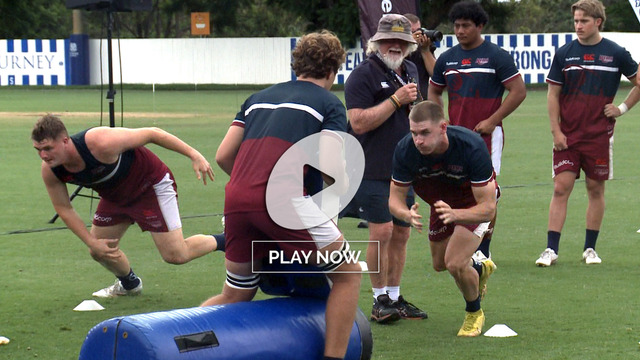
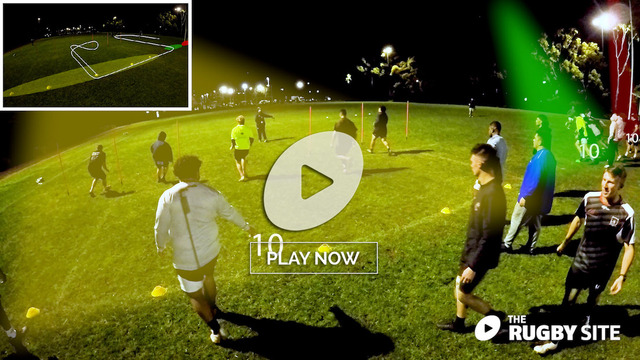

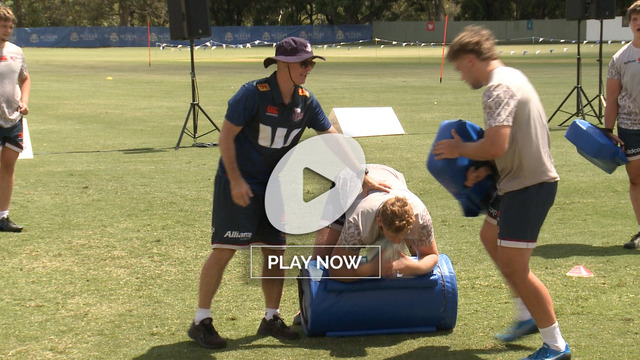
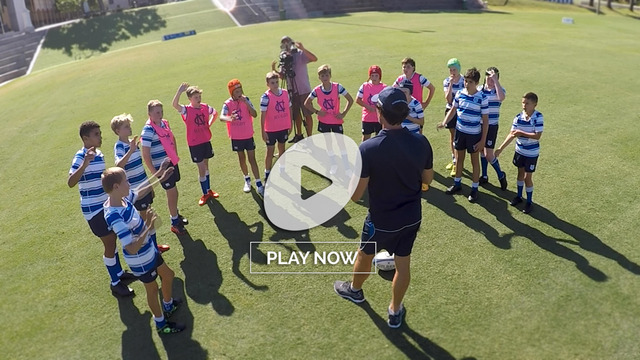

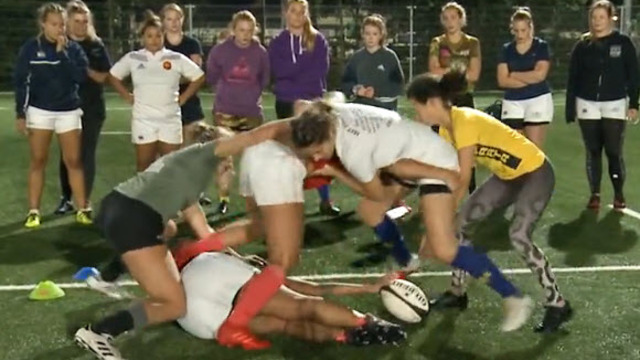

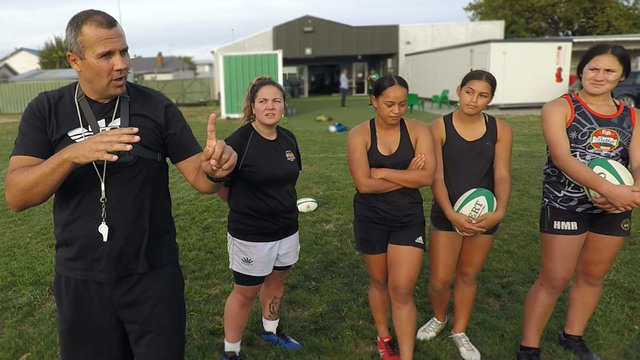

.jpg)
.jpg)
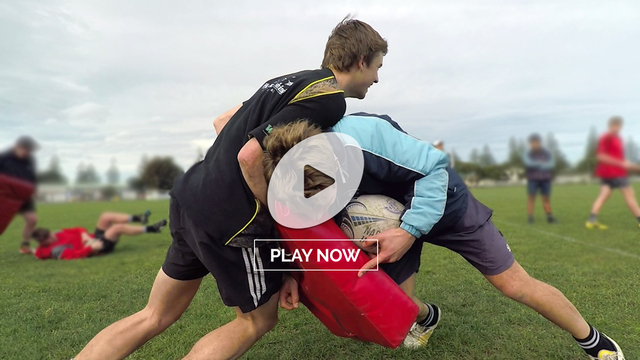
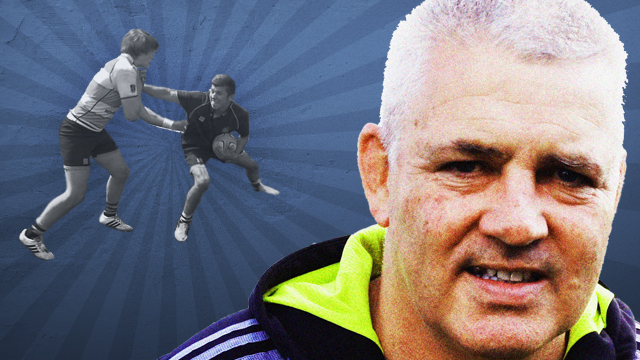
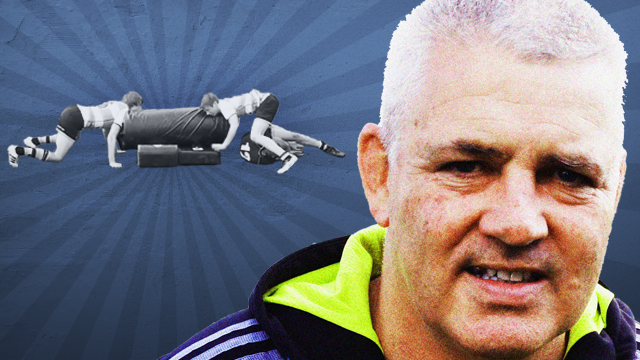


_no_button.jpg)

